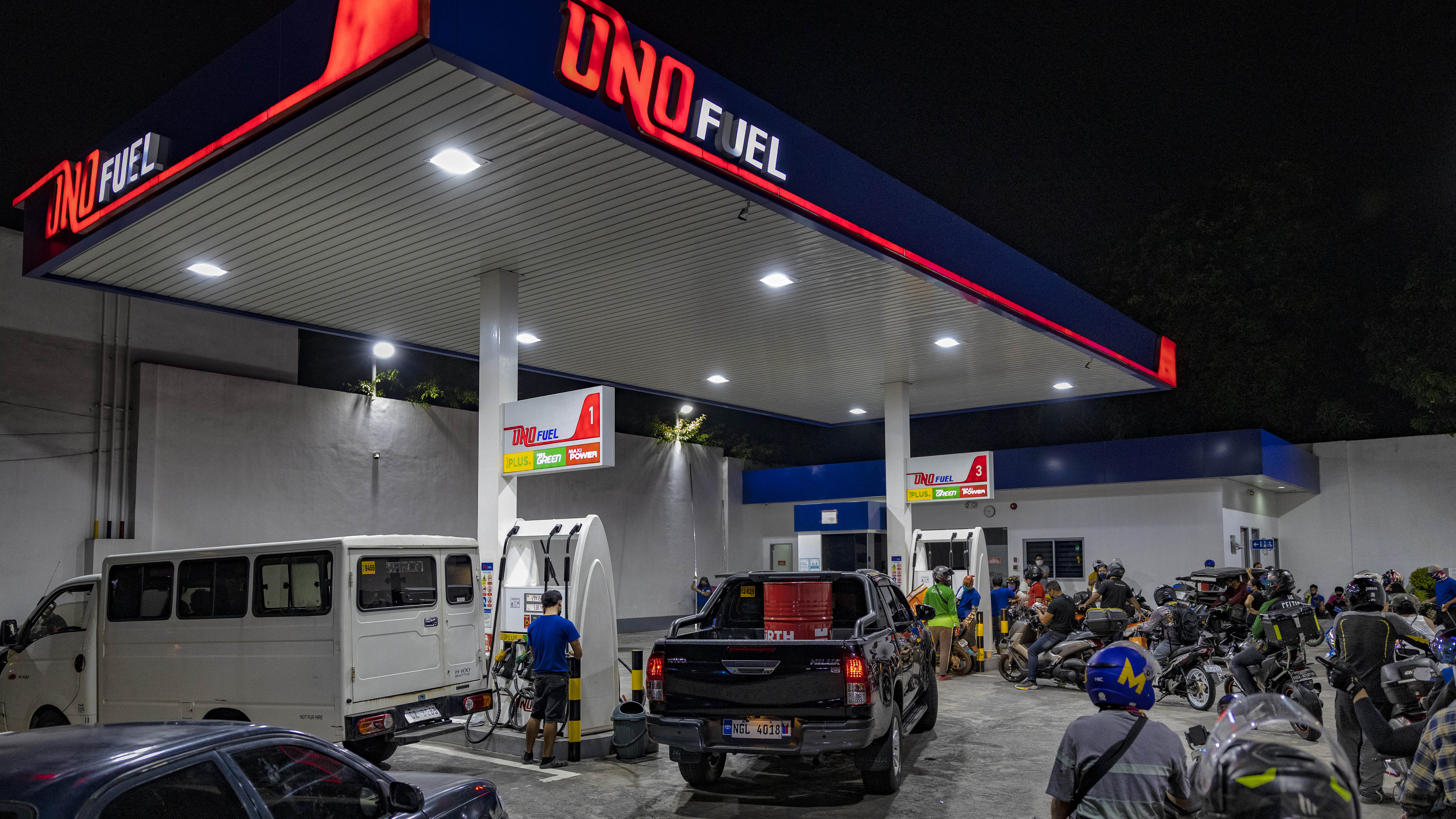
Russia's war on Ukraine has the potential to impact commodities prices in Asia. However, some countries may benefit from shifting supply chains. Kimberley Long reports.
The Russian invasion of Ukraine on February 20, 2022 had almost immediate repercussions in the European markets; but while Asia may not have felt the impact as acutely, there is still likely to be a trickle-down effect.
S&P’s recently published ‘Asia-Pacific Economic Risks, Thy Name is Inflation’ report forecasts that the war will have an impact on energy prices, which will hit Asia as a net energy importer.
“Higher energy prices will weigh on current account balances and real purchasing power in the many net energy importing economies. This will be particularly true for South Korea, Taiwan and Thailand, where net energy imports are the largest, compared with the size of the economy,” the report notes. “High prices will be a plus for the region’s net energy exporters — Indonesia, Malaysia and especially Australia.”
Inflation adds to the strain
Rising rates of inflation will add to the strain felt by increasing energy and commodity prices. However, this may cause central banks to veer away from what had been planned before the start of the war on Ukraine, with policy easing helping to dampen the negative impact the conflict may have.
In the Asia Hot Topics note published at the end of February, Natixis noted overall direct trade exposure to Russia across the region was low, with South Korea and Vietnam having the most direct import vulnerability of up to 9.8% and 6.3%, respectively, of their total share in 2020. Within Asia’s emerging markets (excluding China), India, South Korea and Thailand are the largest net importers of fuel.
While Natixis expects India’s current account deficit to widen based on increased fuel prices, South Korea’s current account surplus due to microchips and manufacturing exports will help to offset it. Likewise, as Thailand continues to reopen its borders to tourists, this will help with the worst of the impact.
Alicia García-Herrero, chief economist for Asia-Pacific at Natixis, says the direct impact on Asia is limited compared with Europe, but could grow if China extends support for Russia.
“One specific issue affecting Asia is imports of key materials from Ukraine and Russia. For the former, the key is neon gas, which can affect semiconductor production in Asia,” she says.
Higher food commodity prices will also have an impact, but rising costs of wheat and oats will not impact as much as elsewhere due to lower levels of consumption in south-east Asia, according to Ms García-Herrero. There may be rises in the costs of edible oils, such as palm oil, while higher gas prices will impact on fertiliser prices, which will in turn increase food prices.
However, not all of the effects will be negative. She says Indonesia and Malaysia are likely to see an uptick in energy exports, while Philippines and Indonesia are likely to benefit from increased nickel exports as buyers look to diversify from Russia.


